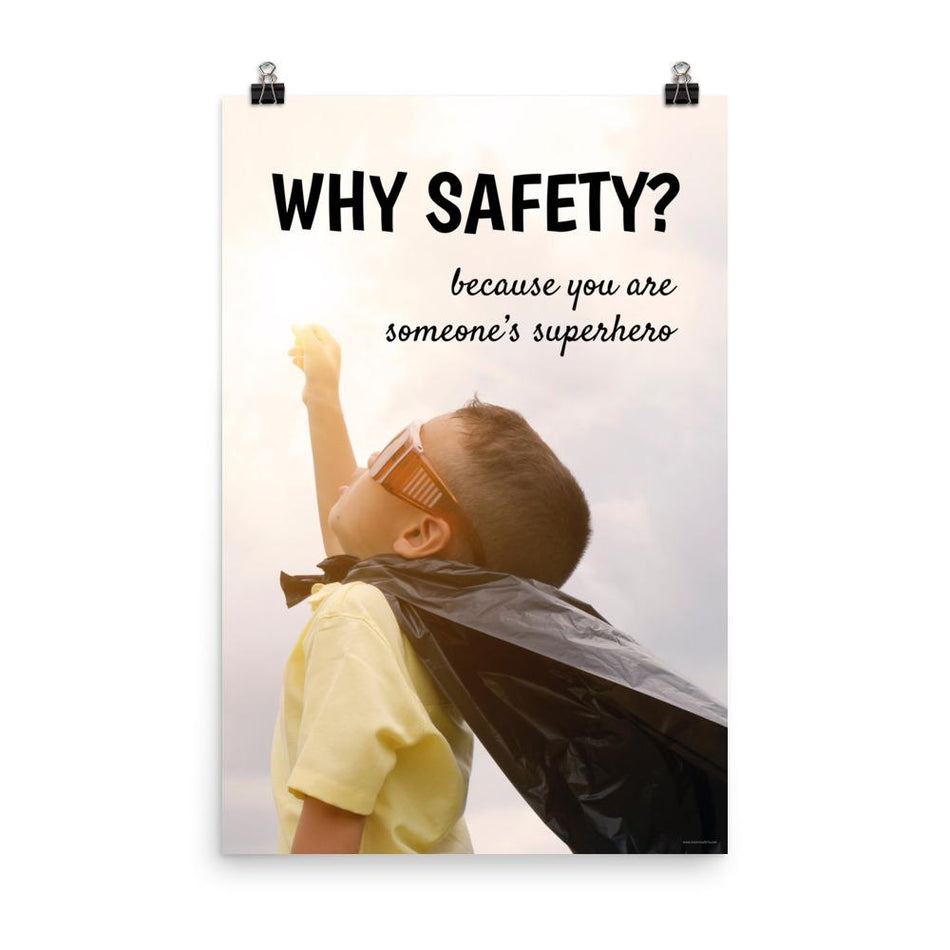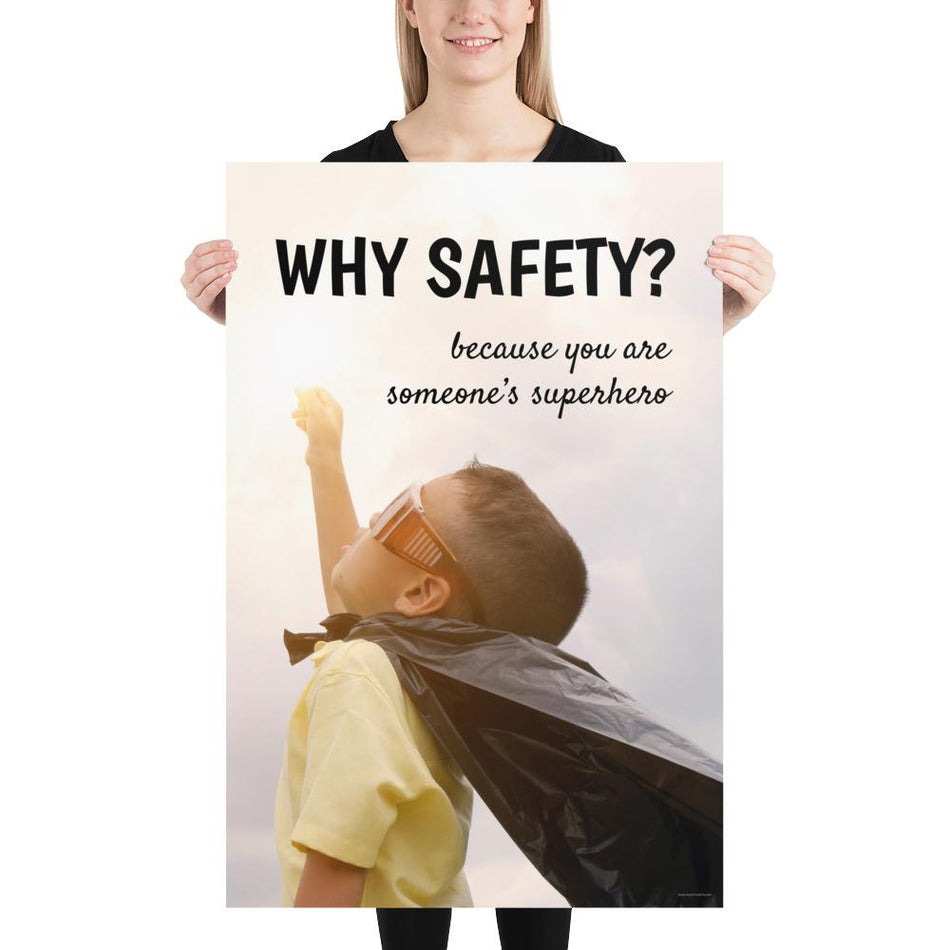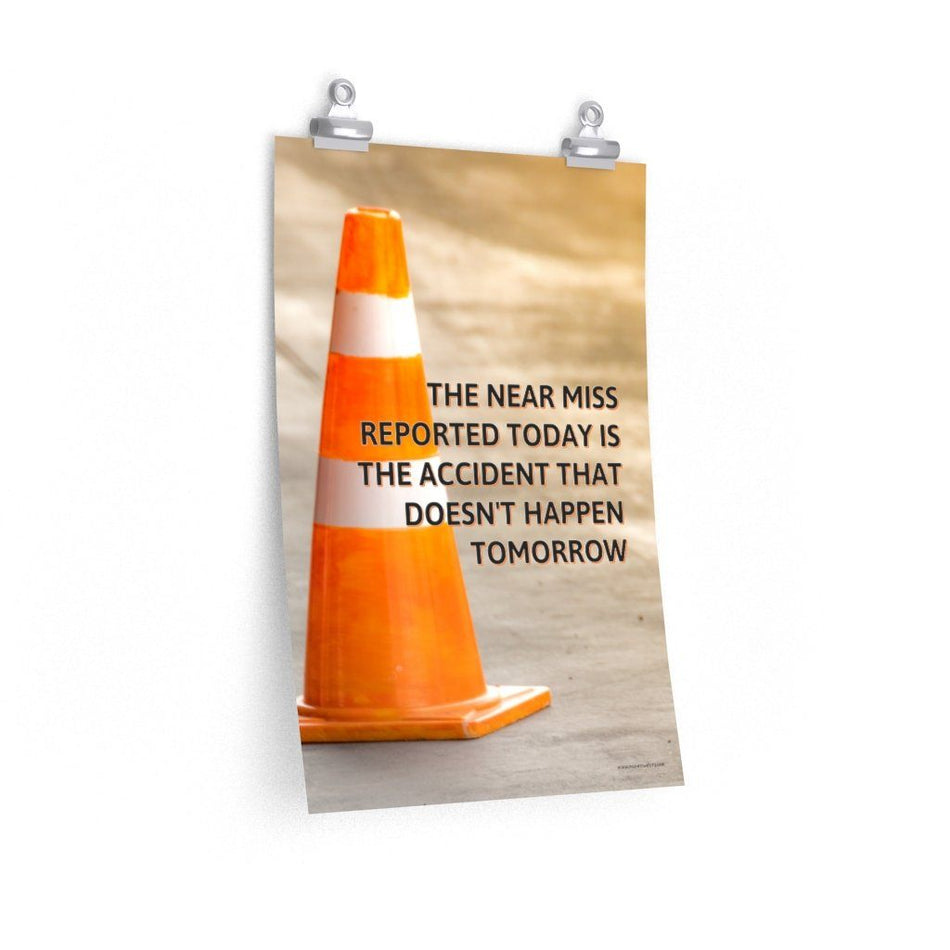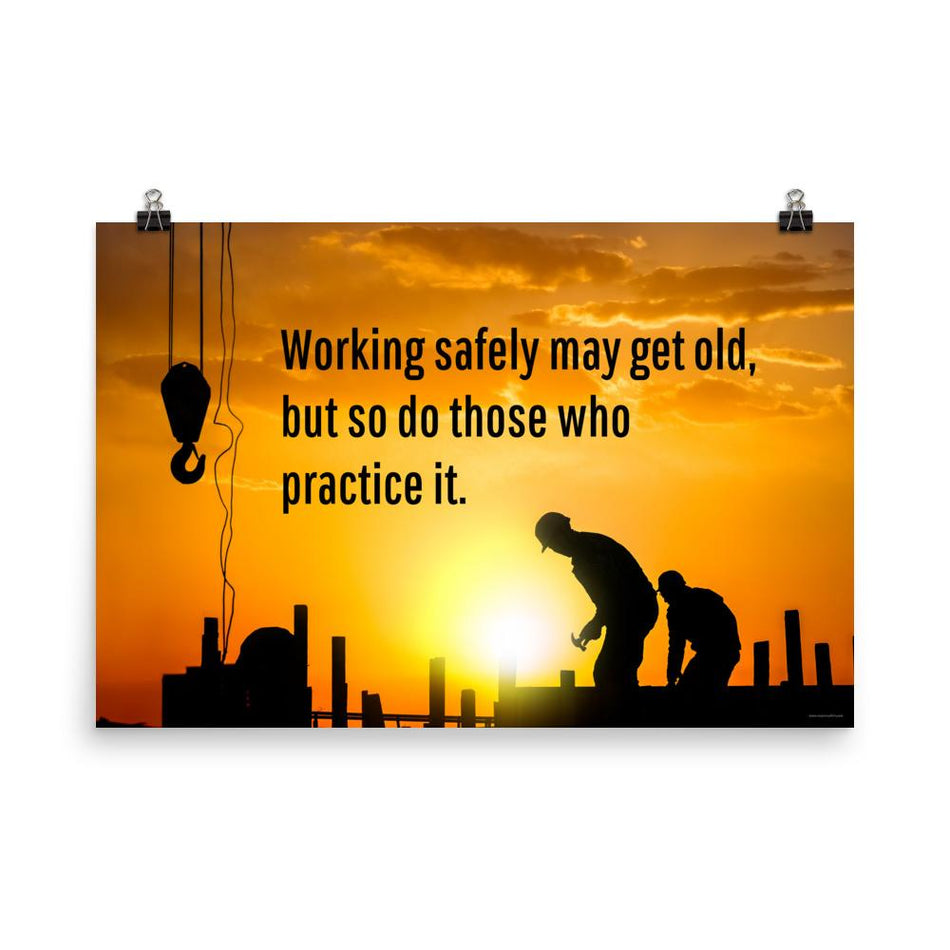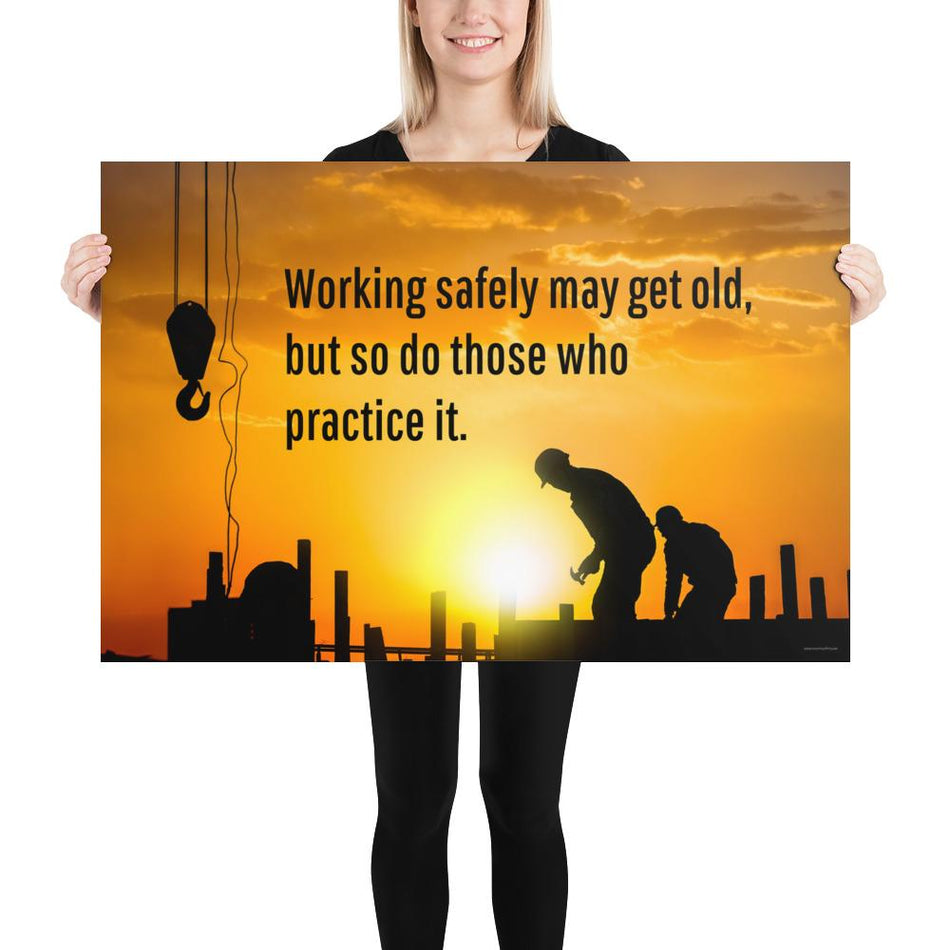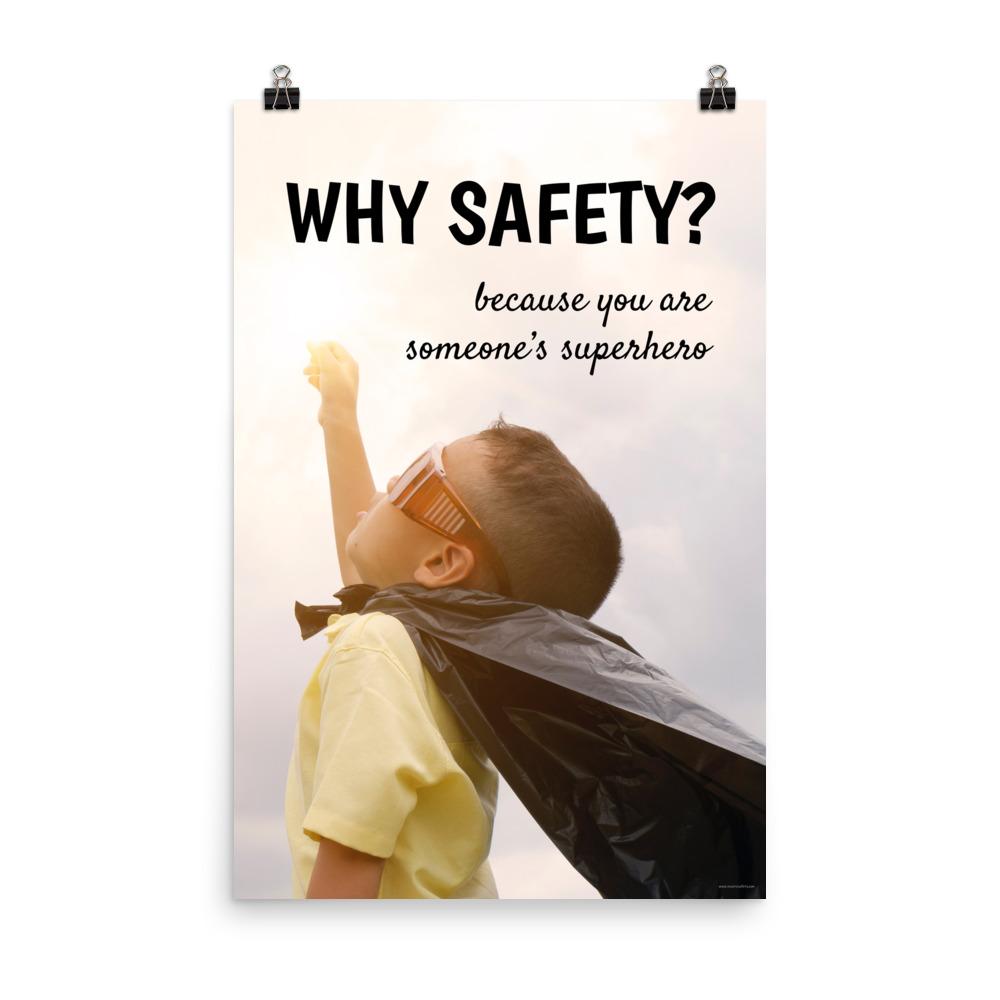Working outdoors comes with unique risks. Among them are insect bites and stings, which may seem like minor nuisances but can cause painful injuries, allergic reactions, and even life-threatening emergencies. For workers in construction, landscaping, utility, or other outdoor jobs, knowing how to recognize hazards, prevent contact, and respond correctly is essential for staying safe and productive.
Insects and spiders are more than just distractions. Their bites and stings can lead to swelling, infections, severe allergic reactions, or diseases such as Lyme disease. Beyond the physical impact, these incidents can result in missed work time and reduced focus on the job, putting both individuals and teams at risk.
Quick recognition and proper first aid can prevent a minor encounter from escalating into a medical emergency.
Bees and Wasps
Bees are usually non-aggressive unless provoked. When they sting, the stinger and venom sac stay embedded in the skin, continuing to release venom. It’s crucial to remove the stinger quickly by scraping it out with a fingernail or card edge—never squeeze it, as this injects more venom.
Wasps, on the other hand, can sting multiple times. Their venom may cause swelling, redness, and pain. For most people, these stings are temporary irritations, but if symptoms like chest pain, difficulty breathing, or facial swelling occur, seek emergency medical help immediately.
Workers with known allergies should carry an epinephrine auto-injector (epi-pen), wear medical alert identification, and inform their team before starting work.
Fire Ants
Fire ants are highly aggressive and attack in groups if their mound is disturbed. They latch on with their jaws and sting repeatedly, injecting venom that causes a burning sensation. Within a day or two, white, fluid-filled pustules often appear.
The best prevention is avoiding mounds altogether. If attacked, leave the area and brush ants off using gloves or a cloth. Severe allergic reactions are possible, so be alert for symptoms like swelling of the face or throat.
Spiders
Most spiders are harmless, but two species in particular—black widows and brown recluse spiders—can pose serious dangers.
-
Black Widow: Recognizable by a red hourglass marking, their bite can cause intense pain spreading through the body.
-
Brown Recluse: Identified by a violin-shaped marking, their venom destroys tissue at the bite site, often requiring medical care.
If bitten by either, clean the area with soap and water, apply ice, and seek medical attention immediately.
Ticks
Ticks thrive in wooded areas, tall grass, and brush, and can spread diseases such as Lyme disease. They attach to the skin and feed on blood, often going unnoticed for hours.
After outdoor work, inspect clothing and skin carefully. If a tick is found, remove it with fine-tipped tweezers, grasping close to the skin and pulling steadily. Clean the bite with soap and water. Never burn or apply chemicals to remove ticks, as this can worsen the situation.
Preventing Bites and Stings
The best protection is prevention. Here are proven strategies for reducing risk:
-
Inspect work areas for nests, mounds, webs, or insect activity before starting.
-
Wear protective clothing. Light-colored, smooth fabrics covering arms and legs make insects easier to spot and prevent skin exposure.
-
Check gear. Shake out gloves, shoes, and clothing that have been stored or left on the ground.
-
Maintain cleanliness. Dispose of food and trash properly to avoid attracting insects.
-
Avoid high-risk areas. Steer clear of tall grass or dense vegetation in tick-prone regions.
First Aid for Bites and Stings
For most minor bites and stings, simple first aid helps relieve discomfort and prevents complications:
-
Wash the area thoroughly with soap and water.
-
Apply ice to reduce swelling and pain.
-
Monitor for signs of infection, such as redness, warmth, or worsening pain.
Seek emergency care if serious symptoms develop, including:
-
Chest pain or difficulty breathing
-
Severe swelling of the face, lips, or throat
-
Nausea, dizziness, or slurred speech
For workers with severe allergies, always have an emergency plan in place and make sure coworkers know how to respond.
Insects, bites, and stings may seem like small hazards, but for outdoor workers, they can escalate into serious situations. By staying aware of your environment, wearing the right clothing, maintaining clean workspaces, and knowing how to respond, you can prevent injuries and keep your team safe.
Staying protected from insects isn’t just about avoiding discomfort—it’s about ensuring every worker gets home safely at the end of the day.



